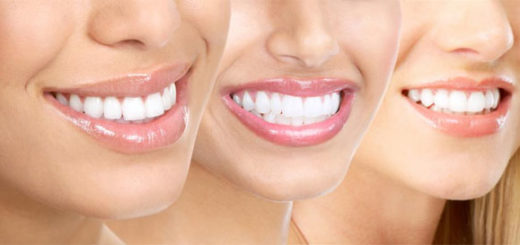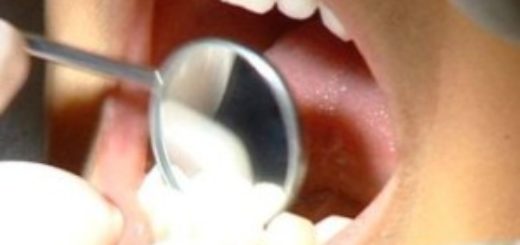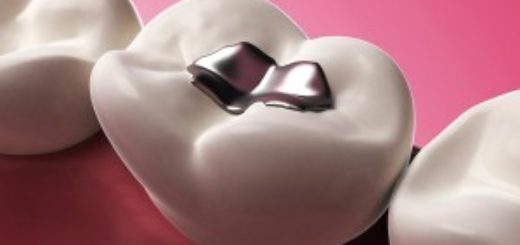Amalgam filling removal – Guide to the dentists
Amalgam filling removal
Time and again we have discussed about the modus-operandi for maintaining healthy gums and teeth. However the do’s and dont’s that we talked about were for patients. So today we came up with a definitive guide for dentists where in we will talking about amalgam filling removal. Before we begin with the do’s and dont’s let us first discuss that what exactly is amalgam filling and when/how dentists should carry out amalgam filling removal.
Amalgam Filling
Dental Amalgam is a widely used material for filling out the cavities and also called as Silver Fillings. There had been a lot of discussion centered around this topic because it was deemed to be hazardous for health. The reason why it was thought so was because of the presence of mercury. But honestly it is perfectly safe and carries no side effects. Basically amalgam is a combination of one or more metals and has been used in this industry for the last 150 years. The metals include silver, mercury, tin and copper. Also small amounts of zinc, indium or palladium may be used.
Amalgam fillings are used less often these days as they have been replaced with tooth colored fillings. The advantage of Amalgam filling is that they less costlier than other fillings, they are rugged and can withstand a lot of pressure.
Amalgam filling removal – Guide to the dentists
Coming back to the important part. While performing amalgam filling removal there are certain important things that a dentist should adhere to.
1. Make sure that the filling is cool
The biggest mistake that you will do is using a drill to remove the amalgam. Drilling will generate heat and this will result in mercury to be released. The mercury will be released in the form of vapor and amalgam pieces. Make sure you cool the amalgam using water even if you are drilling.
2. Cutting Amalgam into Chunks
Many dentists use a procedure called as Chunking which involves less drilling. Basically a dentist should not drill the teeth to much. Teeth should be drilled enough to cut the filling into chunks. Doing so makes it easy to remove the filling. As a dentist you need to ensure the comfort level of your patient hence keep in mind that you are cooling down the filling while drilling it.
3. When using an evacuator make sure it is powerful enough
This is a vacuum pump which will be used for sucking up the mercury vapor and particles. This tool is highly important as it makes sure that the patient is not exposed to mercury. While using this tool in the amalgam filling removal procedure, dentist should ensure that the tip of the evacuator / vacuum cleaner is 1/2 inch away from the filling.
4. Make sure that patient gets an alternate source of air
It is highly important for patient to receive an alternate source of air even though high pressure vacuum pump and water is used. This is helpful during the actual amalgam filling removal process. Dentist should use a nasal hood through which patient can breathe either compressed air from a tank, air from a source outside the office, or oxygen from a tank. The patient should be instructed to concentrate on breathing through the nose and avoid breathing through the mouth while mercury amalgam silver fillings are being removed.
5. Use of rubber dam
The process of amalgam filling removal releases mercury and there is a really big misconception that use of rubber dam will stop the penetration of mercury. This is not true. Mercury vapor can easily penetrate the mouth passing through the rubber dam. Hence use of rubber dam should be avoided. Moreover if you are following the first 4 steps then there is absolutely no use of rubber dam.
6. Do not use gloves when cleaning the mouth of patient
A very important part now – When you are done with the procedure of amalgam filling removal, make sure you clean your patients mouth. While doing so you and your assistant should ensure that both of you have removed the gloves. Three important things that a dentist need to keep in mind here is – removal of gloves, removal of rubber dam (if used) and rinsing the mouth of the patient thoroughly for 15 seconds. Any residual amalgam particles left will be removed. Also brief your patient that they do not have swallow water or saliva instead they need to spit it. Looking for Dental Implant Thailand.
Conclusion
That has been an elaborate do’s and don’ts for dentists with regards to amalgam filling removal. An advice to patients – In case you feel that you are uncomfortable with the procedure carried out by your dentist then make sure you tell him about it.


